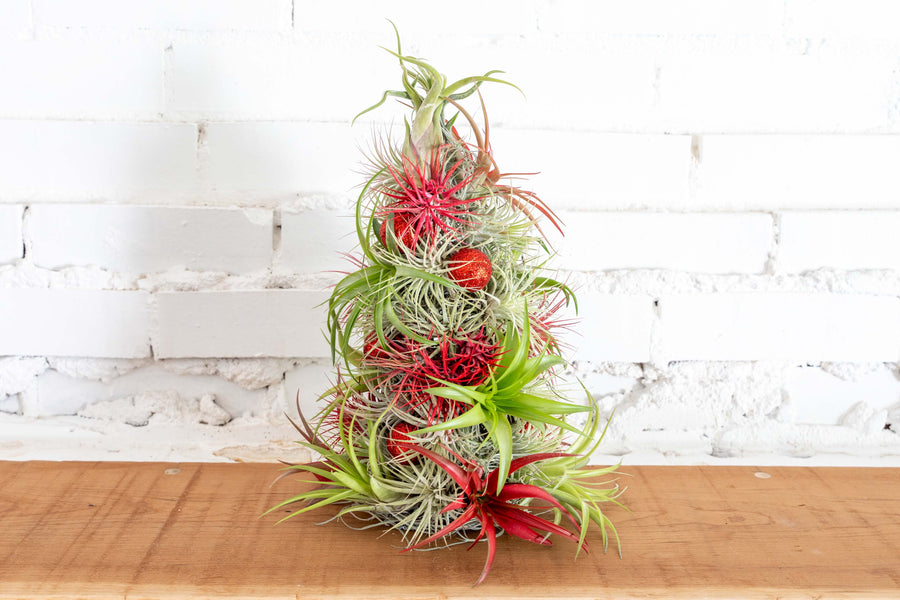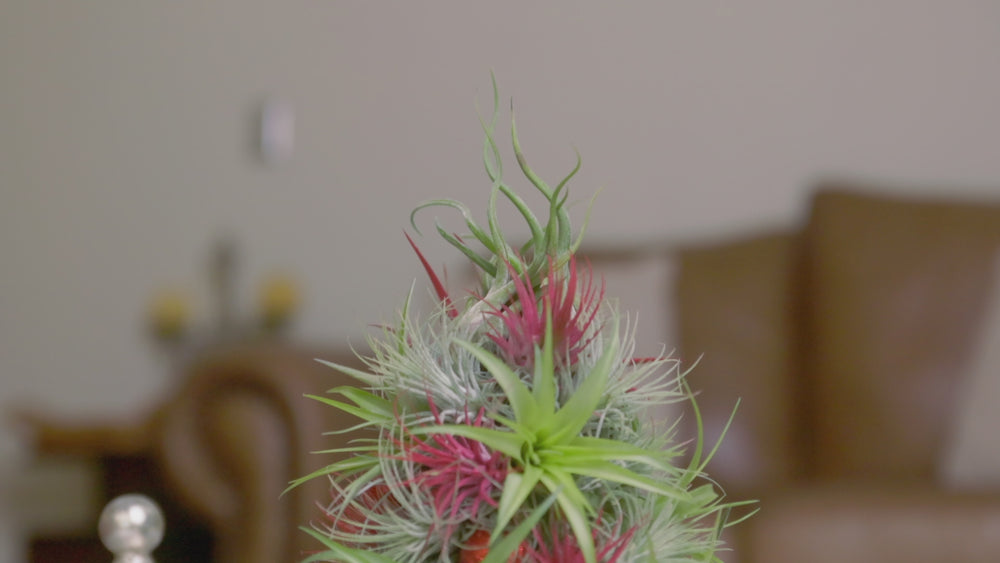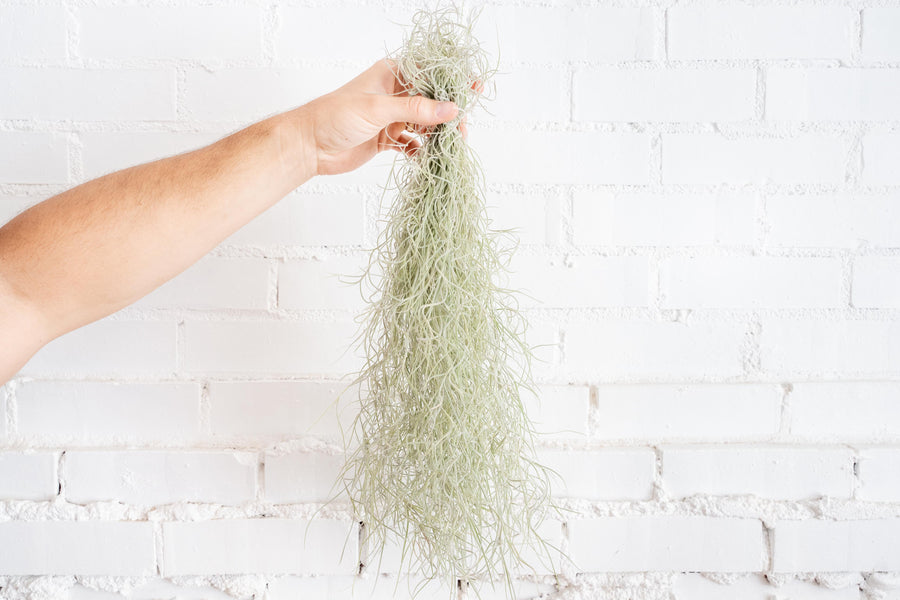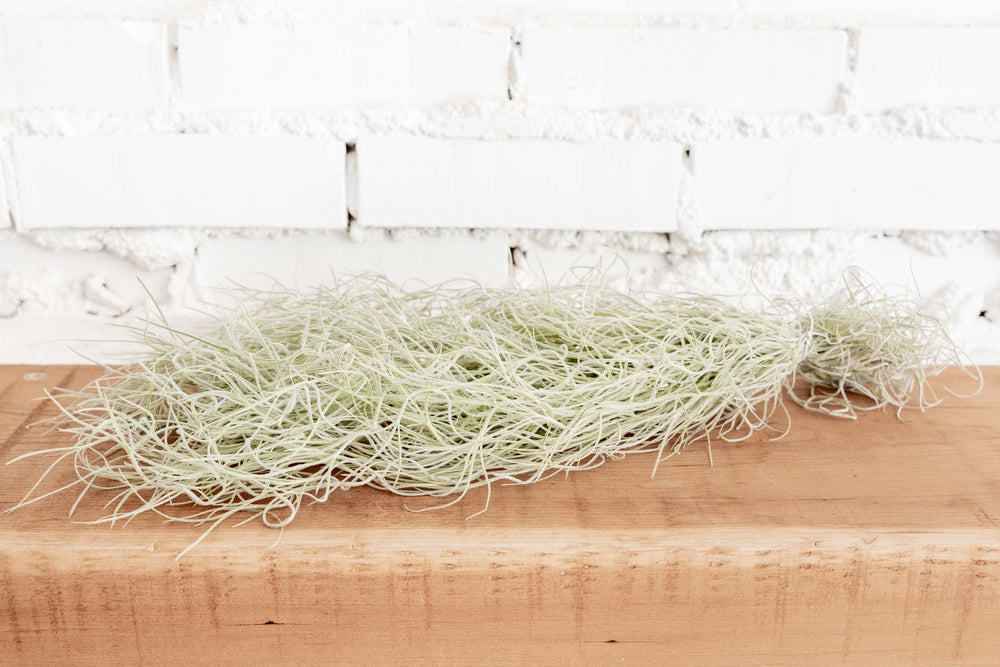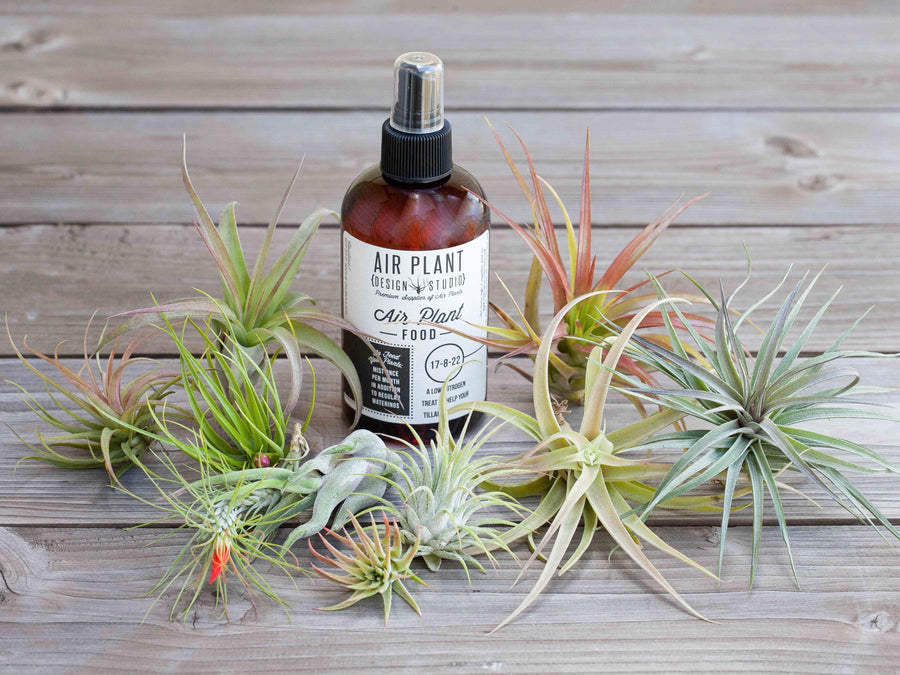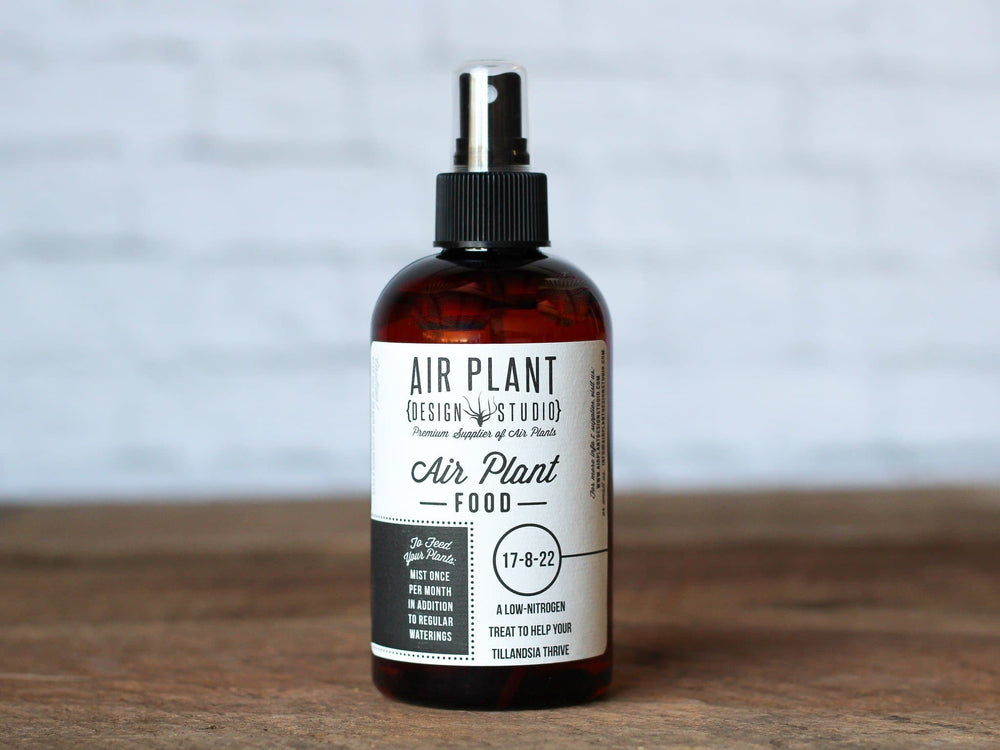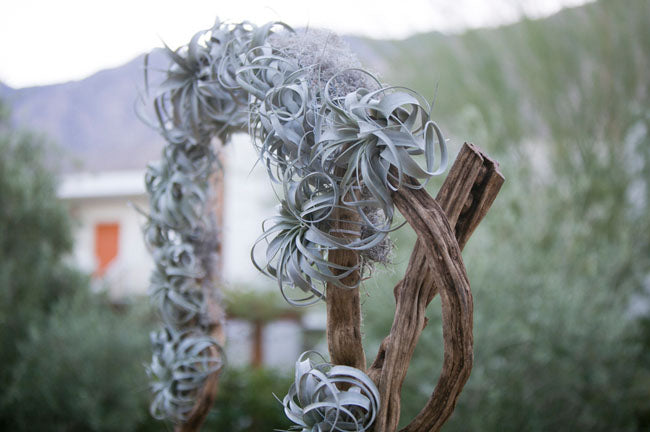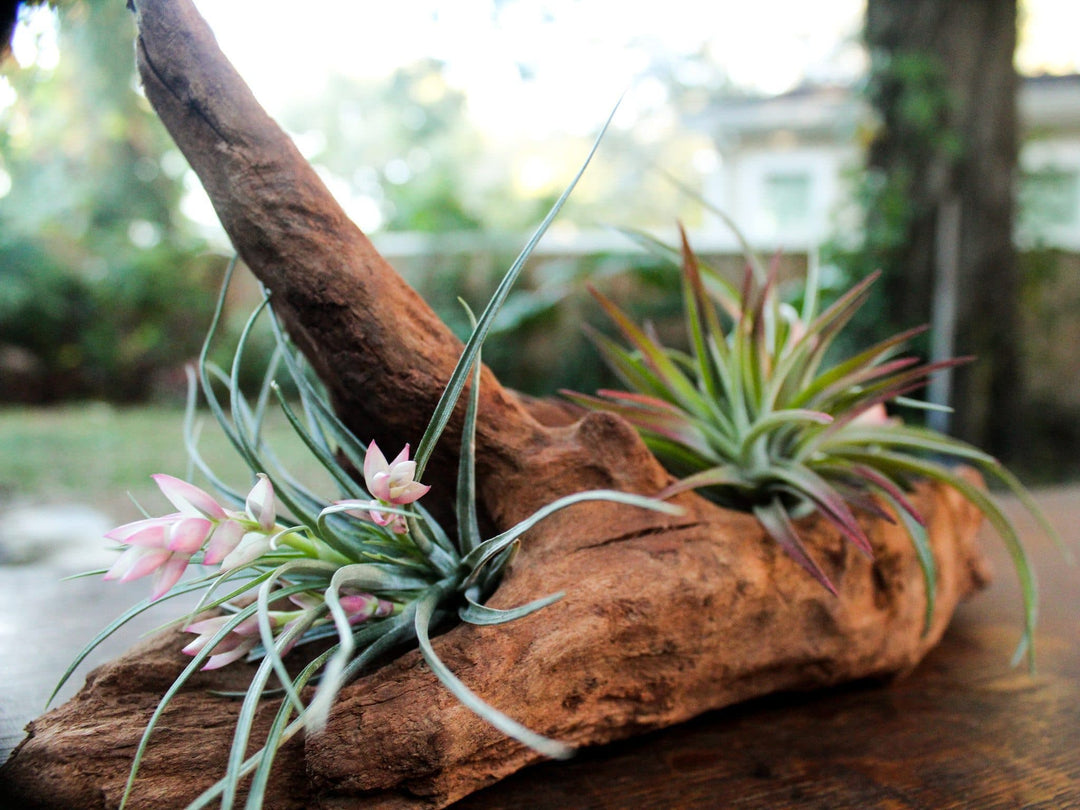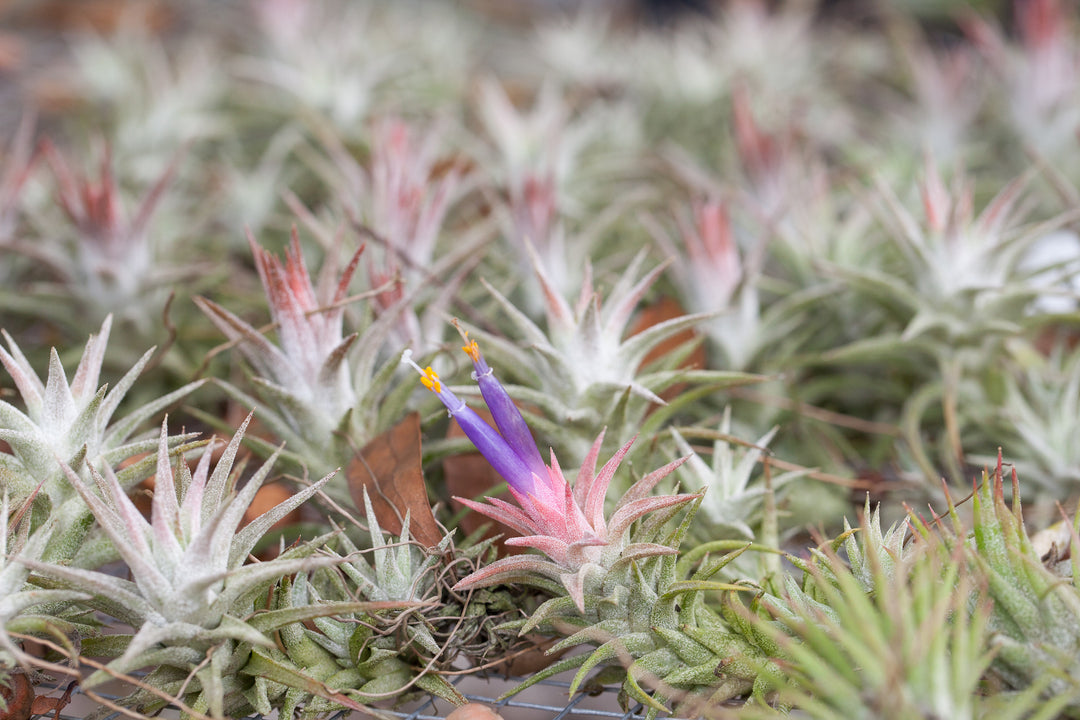Air Plants & Photosynthesis
Let's talk about Air Plants and Photosynthesis. We all know that plants use the process of photosynthesis during the day to synthesize food from water and carbon dioxide. But did you know that Tillandsia use a process called CAM photosynthesis to do this process and breathe at night? You might be wondering why this is important to know. Well, you might not know this, but there is a preferred time to water your air plants, and it all ties into CAM photosynthesis.
So what is CAM photosynthesis exactly? The scientific term is “Crassulacean Acid Metabolism” and defines the carbon fixation pathway that evolved and adapted in some plants due to arid conditions. Wait, what? Let’s back up a bit.
Most plants exchange carbon dioxide during daytime due to sunlight’s role in photosynthesis. Air plants are a little different though, in that they exchange gases or “breathe” at night! Air plants have an abundance of trichomes which allows them to live in arid conditions where water may be in short supply and CAM photosynthesis helps plants like Tillandsia, succulents, bromeliads, and cacti, survive in these arid conditions as well.
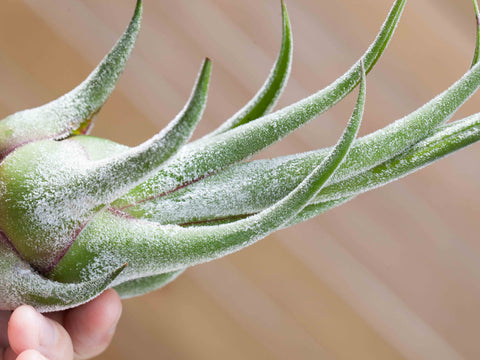
While most plants keep their stomata (the little pores that plants use to breathe) open during the day, the Tillandsia species keep theirs closed during the day which reduces the loss of transpiration of water during the hottest and driest parts of the day.
During nighttime when air humidity is higher, the stomata of the air plant open up and the plant collects the carbon dioxide that it needs for photosynthesis. It converts the carbon dioxide to a chemical called malic acid which is stored and then converted back to carbon dioxide during the day, then used in normal photosynthesis. And that is the gist of CAM photosynthesis!
So how does this factor into your watering schedule? Well, one major thing is that we recommend watering your plants in the morning so that they have a full day to absorb and store the water. Since air plants breathe at night, we wouldn’t recommend watering your plants at night or allowing them to soak overnight either. While its best to water in the morning, wet plants overnight (especially outdoor plants) is not the end of the world and your plant will not suddenly die thankfully! By watering them in the morning you giving the plants the best success for a healthy and long life!


